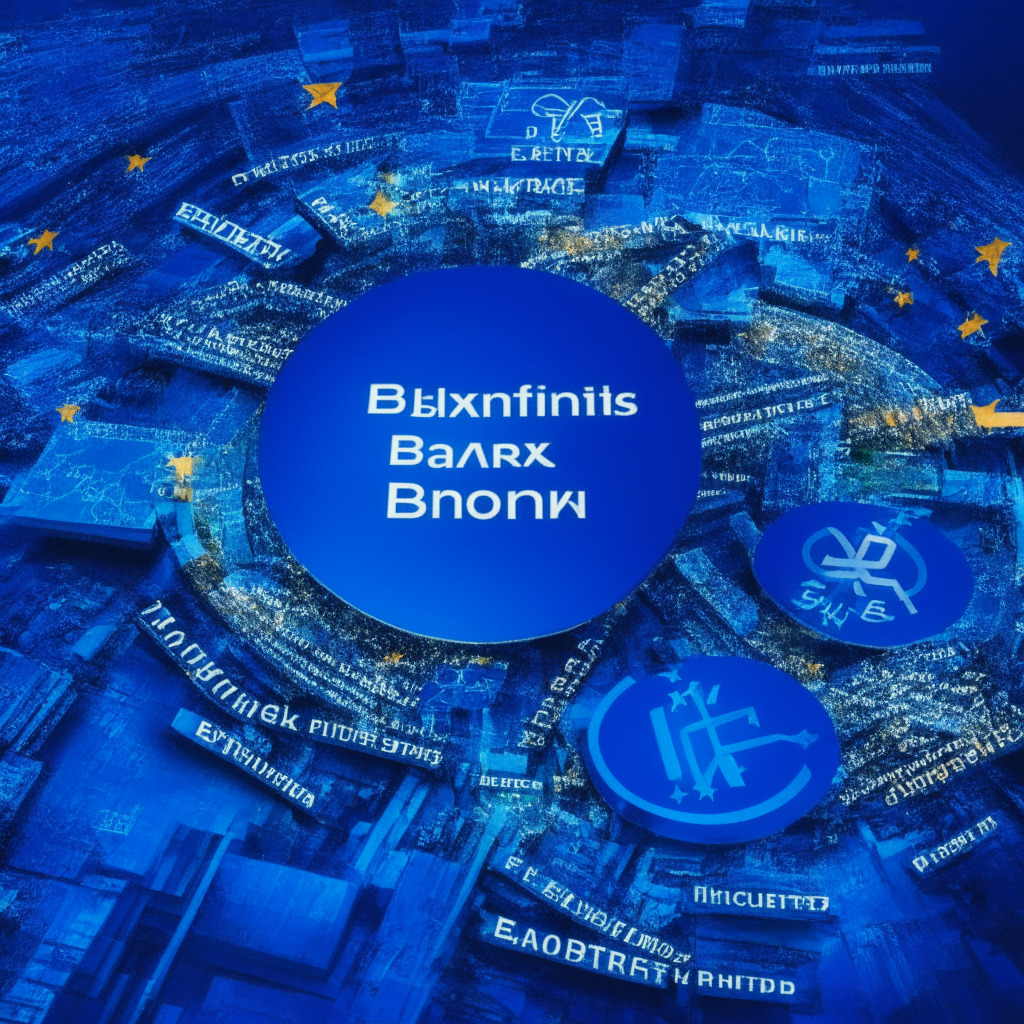The recent partnership between Austrian-based crypto exchange Bitpanda and Coinbase hints at the growing interest of European banks in offering digital assets to their customers. This collaboration enables Coinbase to utilize Bitpanda Technology Solutions, a business-to-business infrastructure layer provider, to integrate directly with banks and fintechs.
The crypto space has faced a bearish winter and many setbacks, raising concerns about the asset class’s reputation. However, BitPanda COO Lukas Enzersdorfer-Konrad believes that banks still want to offer crypto products to their customers, particularly in Europe, as the Markets in Crypto-Assets (MiCA) regulatory framework has come into effect.
Coinbase may have a liquidity venue with their exchange and custody setup, but they lack the essential middle layer infrastructure for a partner to integrate and offer crypto traded and bought on their platform. Bitpanda’s crypto connectivity fills this gap, as it already works with several banks, neo-banks, and fintech platforms, including traditional lender Raiffeisenlandesbank, European mobile bank N26, French money app Lydia, UK fintech Plum, and Italian mobile bank Hype.
Enzersdorfer-Konrad emphasized that banks could see the data on their payment transactions and recognize how much business they are missing by not offering crypto services. Furthermore, they understand that a significant portion of their customer base would opt for these services if they had more trust in the process.
Guillaume Chatain, Coinbase’s head of Institutional Sales for EMEA & APAC regions, expressed delight in partnering with BitPanda and jointly servicing institutions that aspire to provide compliant, robust crypto services to their customers.
While the collaboration between Bitpanda and Coinbase paves the way for European banks to tap into the growing demand for cryptocurrencies, it also raises questions about the potential risks associated with crypto trading and adoption. The recent setbacks and bearish trends in the crypto market would undoubtedly be a point of concern for banks and investors.
With increased collaboration between crypto-centric companies and banks, the balance between offering viable digital asset services and mitigating the risks in the volatile and complex world of cryptocurrencies will be crucial for the growth of this asset class. The adoption of the MiCA regulatory framework might be a step forward, but concerted efforts from all stakeholders are necessary to ensure a bright future for blockchain and crypto technology adoption.
Source: Coindesk




